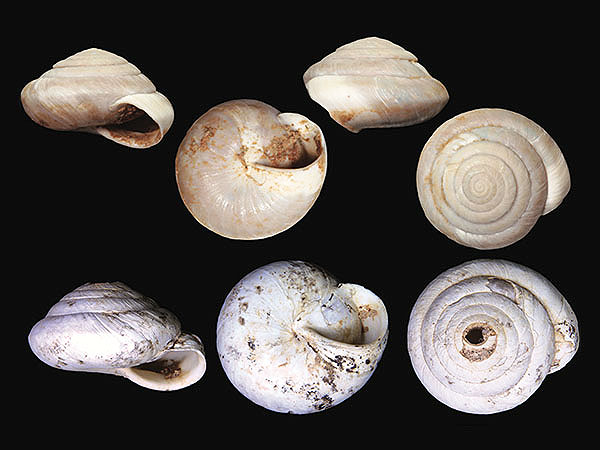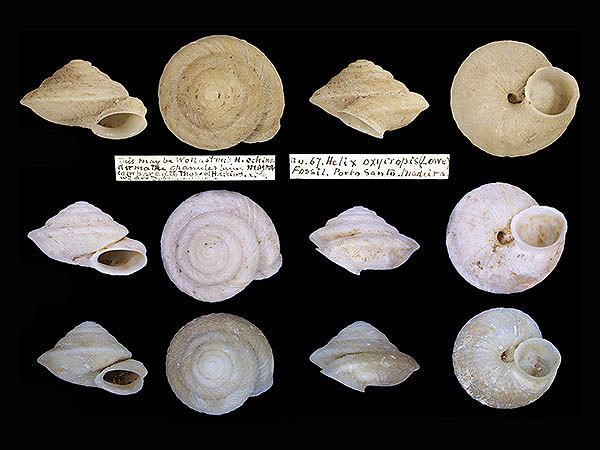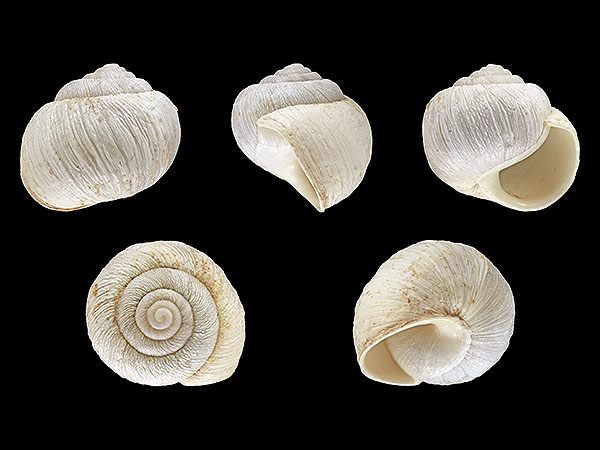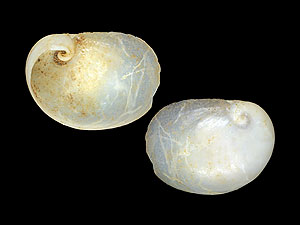This species was described in 2018; it is known only from subfossil shells that were found in deposits near the south-eastern shores of Porto Santo, Madeira.
The species disappeared before the scientific exploration of the island. [1]
*********************
References:
[1] Willy De Mattia; Marco T. Neiber; Klaus Groh: Revision of the genus-group Hystricella R. T. Lowe, 1855 from Porto Santo (Madeira Archipelago), with descriptions of new recent and fossil taxa (Gastropoda, Helicoidea, Geometridae). ZooKeys 732: 1-125. 2018
*********************
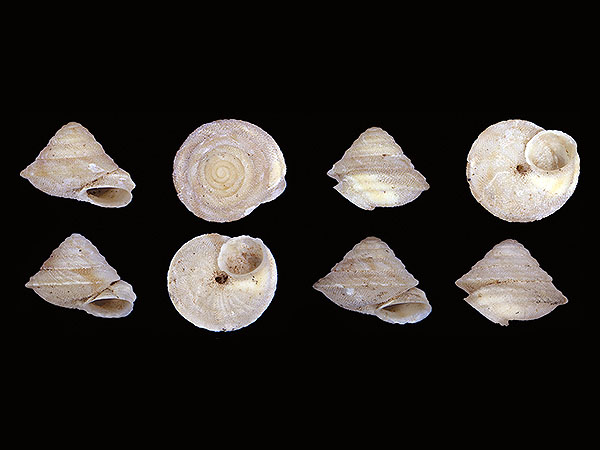
Photo from: ‘Willy De Mattia; Marco T. Neiber; Klaus Groh: Revision of the genus-group Hystricella R. T. Lowe, 1855 from Porto Santo (Madeira Archipelago), with descriptions of new recent and fossil taxa (Gastropoda, Helicoidea, Geometridae). ZooKeys 732: 1-125. 2018’
https://creativecommons.org/licenses/by/4.0/
*********************
edited: 01.08.2022


